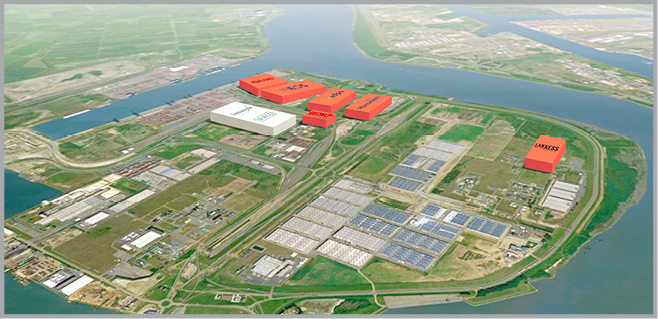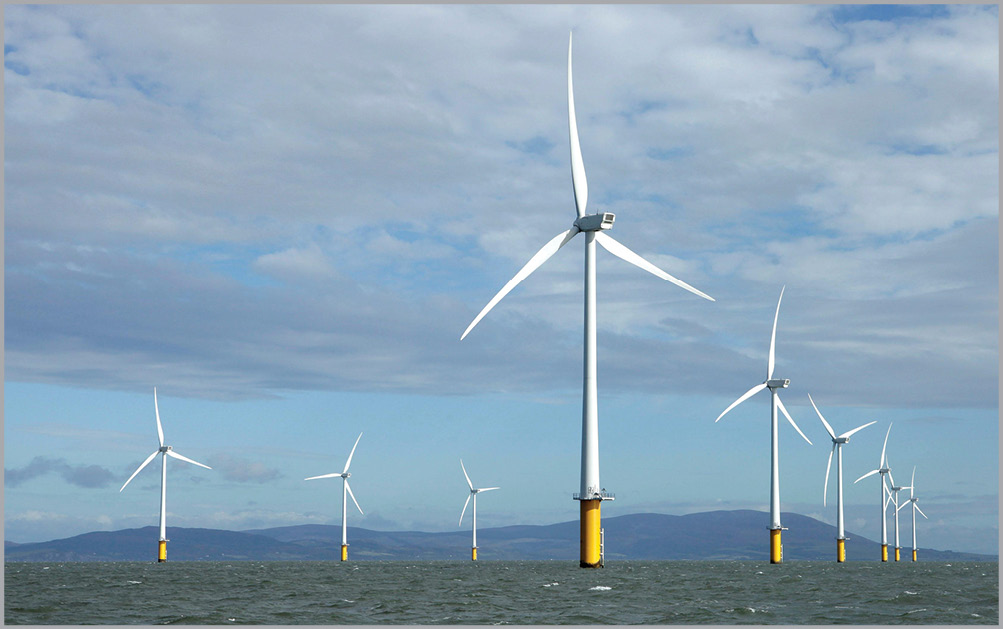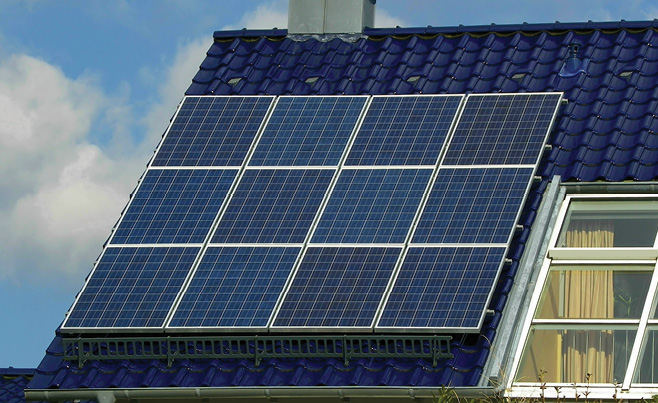
EU Energy Targets and a Renewable Heat Incentive
9th November 2016
Role of renewables in helping advance the COP21 Objectives
9th November 2016Calculating the cost of solar


The President of Dublin Institute of Technology, Professor Brian Norton discusses the rise of solar energy in Northern Ireland and his hopes for its future.
In Northern Ireland there are three prime uses of solar energy: buildings with appropriately facing windows to collect solar heat; photovoltaic (PV) panels to capture energy as an electric current; and solar thermal devices which convert solar energy to heat.
According to the President of Dublin Institute of Technology, Professor Brian Norton, when people think of solar energy they tend to think only of the collecting technology, when in fact there are many components at play in the system.
“A PV system produces a DC current yet you need an AC current for many applications, so there will be inverters in a system. Maximum point power trackers will also be present to make sure the PV system is operating at optimal efficiency,” says Norton.
“There will be battery storage and/or connections to the grid and lightening and other safety protection; and that should be remembered when talking about costs. Similarly, in a solar thermal system there will be pumps designed to move the fluid through the collector, there will be heat storage and other components.”
Norton also touched on the fact that there are many other aspects involved in a system, not just the solar components. These aspects also contribute to the cost and as such are part of the economic analysis that needs to be considered to determine the viability of these systems.
“A lot of analysis tends to focus about the component costs but in fact, from a business perspective there is a whole set of the business aspects like distribution, sales and marketing and the cost of installation, which is particularly high in existing buildings,” said Norton.
Interestingly, Norton reveals that at present there is more production of PV modules than is actually demanded by the market. This he claims, is because of the way costs are devised over the lifetime of a system, which then has to compete with the instantaneous costs of the fuel. However, Norton claims that over the long-term this will connect itself. He also notes that, in many parts of Europe, the demand for solar energy systems is growing, which in turn will help further reduce the price of components.
“There is an increasing demand for solar in many parts of the EU and the same is true in Japan,” said Norton. “There is a huge advance of solar and this will make building the units much more efficient. There is a strong upturn in construction in Japan at present and the drive to adopt solar energy is playing a large part in that. In the UK solar heat may not be getting a lot of attention but globally it is taking off.”
Subsidies
A lot of the UK’s solar energy is grid connected and supplies energy at appropriate times and complies with the feed in tariff which is higher than the normal tariff to account for the higher costs of an immature market.
“Setting the tariff is interesting,” claimed Norton. “The tariff is designed to stimulate the market but over-stimulation has happened before in Europe. The Czech Republic for example, set a very generous tariff and this resulted in huge arrays being constructed and very high profit taking occurred. The Czechs had to take retrospective measures.
“A similar kind of issue is developing here, when you hit grid parity you don’t need the intervention, but how do you progressively make that transition? In the UK it is very subtle and I believe that if the intervention was withdrawn now it could destroy the market and cause huge volatility in prices, but it is an interesting debate as it would also have the effect of reducing installation costs and lower grid parity.

“I think there needs to be further embracing of each solar energy concept as part of a mainstream economic development strategy”
“Look at it from a national feed in tariff perspective and from the perspective of the installations themselves and the manufacturers, the costs have come down over time, but there is a huge range of costs because of difference in businesses cost and overheads.
Solar’s future
When quizzed about the future of solar energy in Northern Ireland and the potential for growth of solar thermal and photovoltaic electricity, Norton claims that with the right kind of grid system in place both types of solar energy have a good chance being widely adopted.
“It is challenging,” he admits. “There are many more of what are sometimes considered bread and butter issues that dominate the discourse on energy policy but the danger in that is that you can end up with very short term thinking that does not serve Northern Ireland in the long term.
“I think there needs to be further embracing of each solar energy concept as part of a mainstream economic development strategy. If you can get that and a more long-term basis integrated into the thinking then I would be hopeful. But there does need to be more embracing of that long-term agenda to ensure Northern Ireland becomes fully sustainable.
“Education will also play an important role. Many people think solar systems need lots of direct sunlight but that is a misconception. In Northern Ireland you can get about 40 per cent of domestic hot water from a solar thermal system.
“I would probably put a time frame of 10 years on it, whether that is achievable I don’t know, but certainly within the next 10 years it will have to be on the agenda to meet the decarbonisation targets and it does have economic benefits. There are huge amounts of employment in solar, a whole range of benefits flow from it and it needs to be seen as part of a holistic economic strategy.”
Another positive of PV systems Norton is keen to highlight is that the cost of each system is known from the outset and this certainty, he feels, has an intrinsic value. The cost is also hedged against inflation which helps to protect it against market volatility and he estimates that at present within the Northern Ireland context, a PV system is likely to start returning on the investment in 11-17 years.
Ultimately, Norton believes that solar energy systems are a viable option to help meet decarbonisation targets and, as the costings of the equipment are hedged against inflation, the market is set for a strong future.
